Building an architecture capability is easy, right? We’ve all had the same thought – just send your cleverest current or aspiring architects on a week’s architecture training (pick your favourite flavour – TOGAF, Archimate, etc), spend a few bucks on a shiny new whiz-bang architecture tool then whip up a few eye catching models and send them out into the world. There you have it, an instant business-aligned IT architecture from a team who can now architect the heck out of anything you care to throw at them.
If only it was that simple…So why do many architecture teams still fail to get traction?
In reality there are a multitude of reasons why architecture functions don’t (function – that is). You will no doubt be aware of many of these reasons already. However the most common issue in the creation of an architecture capability is not with tools or method, it’s with people.
How often do you see this scenario? The smartest, most gifted technology subject matter expert in the team gets promoted into a business focused or management role – then crashes and burns because they struggle to operate in an uncertain and somewhat political environment where success hinges on their ability to build a coalition for change.
Not only must we ensure that our architects have the correct practical/technical skills for their role (most architects have built these through their careers), but we also need to develop their softer skills. These skills can be hard to teach however they can be assessed and developed.
You may have noticed the trend in design thinking and agile methods to move towards people-centric approaches to solving business and technology problems. In architecture, every day, we see it’s the influence of the individual, not the tool or the process itself, that has the greatest impact.
What does this mean for leaders? Successful professional services organisations place a high degree of importance upon consulting behaviours not just the practical skills of their client-facing workforce. Boil these consulting behaviours down and what we are talking about is the ability to listen effectively, understand, communicate and then the easier bit, to deliver. These soft skills are so important for these organisations as they enable them to build rapport and understanding with their clients and are then more readily able to support their needs. This moves the relationship from a client/supplier footing to that of a trusted adviser, which is exactly the goal we should have for our team as leaders of the architecture function.
As leaders we need to consider the appropriate mix of soft and hard skills needed for the team. We need to spend time and effort enhancing capability where required through training or coaching, bringing in new talent or outside expertise when required.
So, consider the people aspects of your architecture capability as carefully as you consider the process and the technology components and you might just be able to make your architecture function… function.











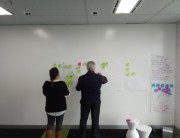

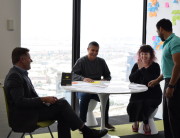



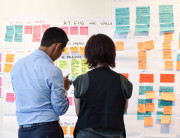


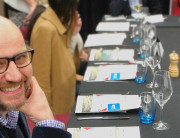



















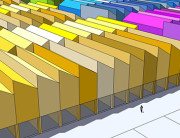





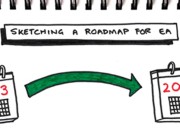
















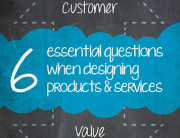




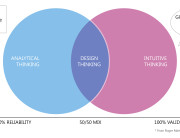

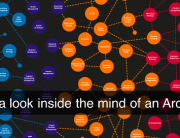
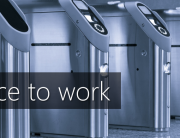


Hi Matthew, I enjoyed reading your article and I couldn’t agree more! We are definitely singing to the same hymn sheet because our focus is helping companies get better team fit for better effectiveness. While there are plenty of tools and techniques available to help identify the hard skills required, I was wondering what you use to help you identify team fit. I look forward to hearing your insights!
-Linsey
founder, http://www.eteamups.com
Hi Linsey, Thanks for your message and I am glad you enjoyed the article. Our approach to identifying ‘team fit’ starts by building an understanding of who is in the team and their styles:
o Raising awareness of self, their preferences, behaviours and strengths
o Developing understanding of others preferences, behaviours and strengths
o Sharing this information so all can appreciate who is in the team and what they bring. This can help to reframe misunderstandings, improve communication and create potential for people to adapt their own behaviours and approaches now that they understand what works for others.
From a whole team perspective this understanding also creates the potential to identify any area of vulnerability in the group and how they might overcome or mitigate them, as well as the core strengths which can be leveraged.
How do we do this? Well profiling is a great first step. There are a myriad of instruments available which can provide information to support the development of this understanding of self and others, as well as how they might work together.
Hi Matt
Just to elaborate on your comments around profiling I wanted to add that here at EA we also try to foster the philosophy that there are no strengths or weaknesses in personality, just individual personality factors that each have their opposites and which individually selected and mixed together can indicate different preferences (i.e. team Roles, influencing styles, career themes) and work style matches (Leadership and subordinates styles) AND which understood, or made translucent, can help to build efficient and high performing teams.